

Managing your time and being productive consistently can be a challenge. This type of consistent productivity often requires you to juggle multiple tasks and remember critical events and deadlines in real-time.
Planning to be productive and effectively managing your time is only half the battle. To boost your productivity and get serious about completing all of your most important tasks, consider using time management tools such as Microsoft Calendar.
With Microsoft Calendar, you can carry out your “battle strategy” on a platform specifically built for planning events, deadlines, and work projects in advance.
This guide will explore how you can maximize your efficiency and significantly improve your productivity with Microsoft Calendar. We’ll cover time blocking, optimizing your calendar events based on meeting type, setting aside time for communication, and scheduling time to wind down and spend time with loved ones. Let’s begin!
Getting Things Done with Microsoft Calendar
Instead of using traditional lists and writing things down on pen and paper, Microsoft Calendar lets you digitally store all of your most important dates, events, and deadlines.
By using a few of the strategies we’re about to dive into, you’ll be able to “digitize” your calendar and ensure you can access it from all of your devices. So whether you’re at home or on the go, the tips and tricks presented in this guide will help you become more efficient.
Most Microsoft Calendar users aren’t aware of the full depth of features available in the software. Additionally, most people overlook many digital calendar use-cases, some of which we’ll also explore in detail.
As long as you take action on the tips, tricks, and tactics that best suit your workflow, you’ll be one of the few Microsoft Calendar users who can squeeze every bit of productivity out of this incredible software tool.
Group Your Calls & Meetings Into Time Blocks
Can there be anything worse than several calls and meetings cluttering your daily calendar, only leaving you short bursts of time to work on your most important tasks? It’ll be complicated to complete your “core work functions” if you’re consistently stuck in meetings and calls.
Time blocking solves this problem, allowing you to group up all of your meetings and calls into one specific time period. Then, instead of frantically running back and forth between meetings and calls, you’ll have just a one-time block you’ll need to worry about.
Time blocking also promotes mental clarity and helps eliminate fatigue. In addition, when you’re not rapidly switching between multiple tasks (i.e., multitasking) and only focusing on one item at one time, you’re far more effective and productive.
Optimize Calendar Event & Meeting Lengths
Have you ever changed your calendar’s default meeting length settings? Microsoft Calendar lets you both change the default length of each meeting, and with some planning, you can create multiple types of meetings with different lengths planned ahead of time.
When you’re scheduling a meeting, reference your predetermined meeting lengths and make adjustments as necessary. For example, if you’re conducting a lunch meeting, perhaps those are always 1-hour in length. On the other hand, if you’re helping someone who needs to ask you a quick question or get advice, that meeting might only need to be 10-minutes in length.
Breaking up your meetings by type and determining an optimal length for each meeting is a great way to be more efficient and productive with Microsoft Calendar.
As a bonus, you can even take this a step further and use your meeting types to create “time blocks” for similar types of events.
Block Time for Email & Communication
Far too many people have notifications on their emails, and team communication apps open all day long, resulting in instant distractions and a loss of focus throughout the day. It’s tough to be productive when your email alert bell rings every few minutes.
The solution to this is to disable notifications up until a specific time of day and let everyone know that you’ll only answer emails or get back to team members at specific times.
Depending on your schedule and what makes the most sense, you can have a time block in the morning and afternoon. As long as you let everyone know when you’re available for communication and replying to email inquiries, they’ll learn to expect to hear from you at those times.
Plan Time for Family & Exercise
Staying healthy and nurturing your relationships are just as important as being productive and successful in your work life. Microsoft Calendar can help you block time for family and create a consistent exercise routine that you consistently follow.
Depending on when your schedule permits, don’t forget to add your exercise/workout routine to your calendar.
Similarly, plan time to spend with your family, whether that’s having a family night, going out to an event, or just intentionally spending time with your loved ones.
Use Text to Speech Dictation
When planning calendar events, meetings, and phone calls, a great way to ensure no detail is missed is to fill in the title and description of each event in detail.
Typing out each of these descriptions and notes can be time-consuming, so using text-to-speech dictation on Microsoft Calendar is a great way to quickly record any details. Instead of manually tying information and notes, all you’ll have to do is talk into a microphone, and you’ll instantly see your words transcribed.
No matter which device you’re using Microsoft Calendar on, you should be able to set up dictation. Additionally, for your voice to be recognized even more efficiently, you can train your dictation software.
This training allows your voice to be recognized with higher efficiency and helps eliminate errors and typos that tend to come up in text-to-speech dictation.
Create & Share Team Calendars
Calendar sharing is one of the best ways to quickly and efficiently keep an entire team of people up to date with Microsoft Calendar. In the past, this was only possible by sharing this information with all of your recipients and having them copy it over to their calendars one by one.
Today, you can create a calendar, schedule all of your events, and then share those calendars with others with just a click of a button. Stop manually entering group events or team events into your calendar, and reduce manual outreach when asking for availability.
Final Thoughts
We’ve discussed several ways to increase your efficiency and productivity by using tools like Microsoft Calendar.
When you want to boost your productivity and efficiency, the best way is to establish a calendar that holds all of your most significant events and dates.
You can become more efficient and more productive by grouping your calls and meetings into time blocks, optimizing your calendar event lengths, blocking time for email and communication, and planning to spend time with family.
Using text-to-speech dictation to quickly annotate your notes and creating shared calendars to be redistributed between your team and coworkers can also help you stay efficient.
Start using Microsoft Calendar today and take action on the tips and tricks presented. By consistently looking for ways to improve your productivity and learning as much as you can about your calendar software, you’ll be able to become a “power user” and likely see massive productivity gains as a result.
Image Credit: Сергей Нестеров; Pexels; Thank you!
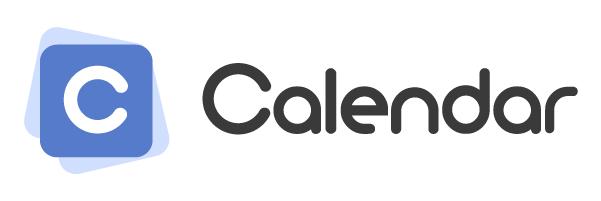

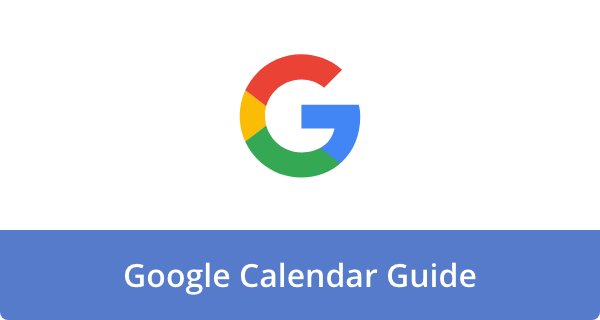

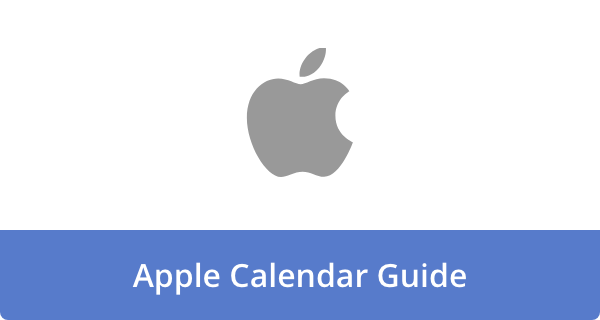

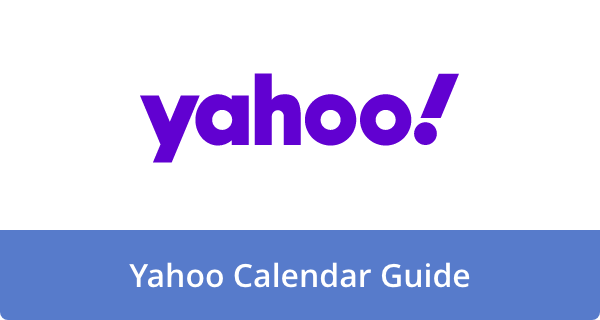

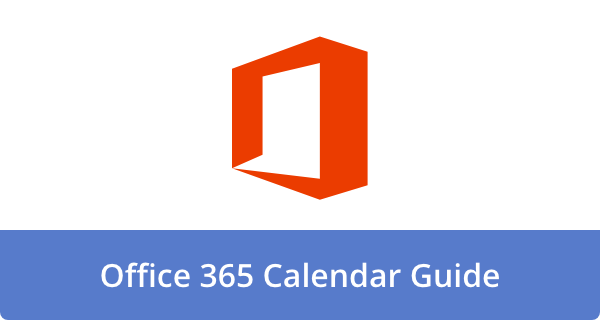

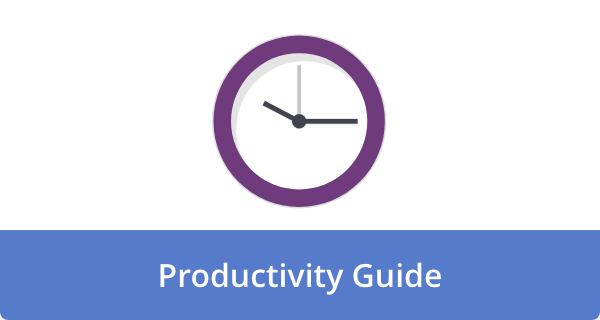







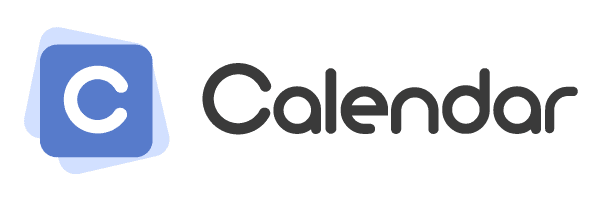






Howie Jones
My name is Howie and I'm a Customer Success Manager at Calendar. I like to ensure our customers get the best experience using our product. If you have questions email me howie at calendar.com